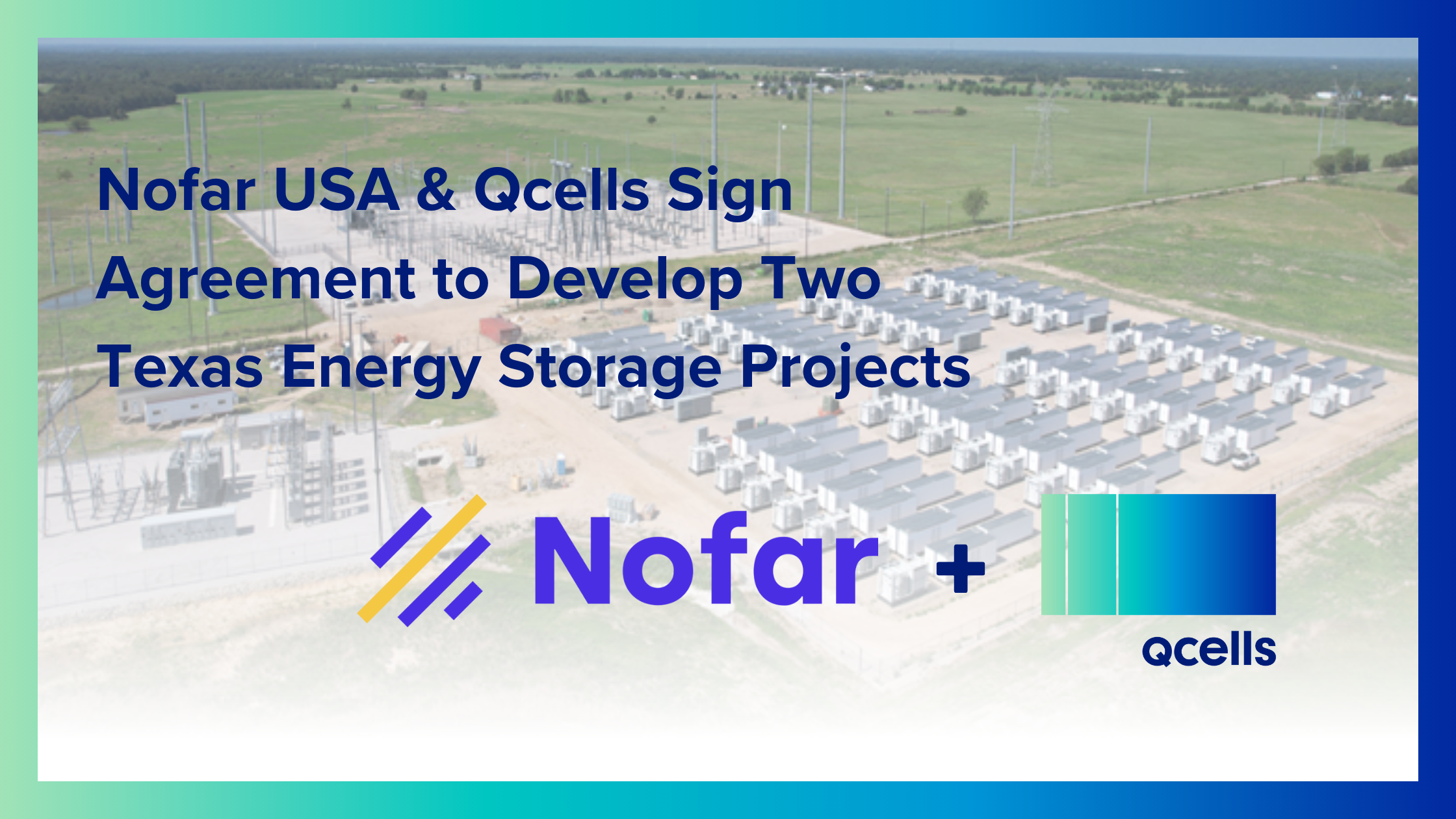I am excited to be on the front lines of the clean energy transition with my current role as Director of Policy & Market Strategy at Qcells USA Corp. I believe storage is a key component in the clean energy transition. I do not believe that storage always gets credit for the great value it brings to renewable energy as well as the many benefits of BESS (Battery Energy Storage Systems).
Is it always renewables that are pegged as a concern in harsh weather conditions? In December of 2022, around the country there were winter blasts that caused natural gas units to not perform optimally:
1. TVA – experienced its highest ever winter peak-power demand on 12/23/22 as an arctic blast brought blinding blizzards, freezing rain and frigid cold from Maine to Seattle. TVA said in an email that a combination of high winds and freezing temperatures caused its coal-burning Cumberland Fossil Plant to go offline at one point when critical instrumentation froze up.
2. Duke Energy NC/SC – 12/29/22-Duke Energy officials blame rolling blackouts partly on unresponsive generating units, while aging grid infrastructure may also have played a part.
3. Texas – Gov. Greg Abbott asked the Texas attorney general and the head of the state agency to investigate disrupted natural gas services during the freeze.
Yet, across the country, renewables are questioned to be a concern in harsh conditions. I encourage the industry to take a harder look at the abilities of PV+S (solar + storage) and BESS (Battery Energy Storage Systems). I question if renewables + storage as well as BESS are getting the proper recognition of their value in a reliable grid.
I believe there is misinformation about the unreliability of renewables and not enough education on how storage is making a stronger case for the impact of reliability and renewables. PV Intel data shows that close to 50% of near-term utility solar projects are seeing energy storage systems enter the equation for grid resiliency measures. Thus, this points to a turn in the industry – that it is solar + storage coming online, not just solar, which leads to more reliability to the grid.
I was inspired by this January 17th Energy Storage news article that implies Battery storage can help solve the Texas Super Duck challenge of integrating renewable energy. I think it is important to note how power utilities in US could triple their battery storage capacity in the coming three years. New projects are growing bigger while wind & solar capacity expand, per US Energy Information Administration (EIA). It is remarkable to think how Developers and power plant owners reported plans to increase utility-scale battery storage from 7.8 gigawatts (GW) in October 2022 to 30 GW by the end of 2025, according to the EIA’s Preliminary Monthly Electric Generator Inventory.
My compliments to NY BEST (New York Battery and Energy Storage Technology Consortium – Qcells are members of) on their recent work of Storage as a Transmission Asset: The Value and Opportunity for Storage as a Transmission in NY. NY BEST walked through multiple cases, in which one example was 82% cost savings to NY consumers to have SATA (Storage as Transmission Asset) vs. a more timely and cost expensive avenue of building transmission capacity (building a new transmission line).
I challenge the industry as we modify ELCC (effective load carrying capability percentages) for capacity values, add new market products, etc. that we focus on not just the old days of standalone renewables but the future where there is a much larger PV+S and BESS presence. I want to work with my fellow energy professionals to ensure storage is getting its acknowledgment as rules are being evaluated, created and modified in markets across the country. Qcells USA Corp is developing over 6GWs of PV+S and over 7GWs of BESS across the country – yet another commitment of Qcells aiming for complete clean energy solutions that also provides reliability to the grid.
To read more blog posts from Amy Jo Miller, please see her blog here.





 USA & Canada
USA & Canada Korea
Korea Germany
Germany United Kingdom
United Kingdom France
France Italy
Italy Netherlands
Netherlands Greece
Greece Poland
Poland Portugal
Portugal Hungary
Hungary Spain
Spain Japan
Japan